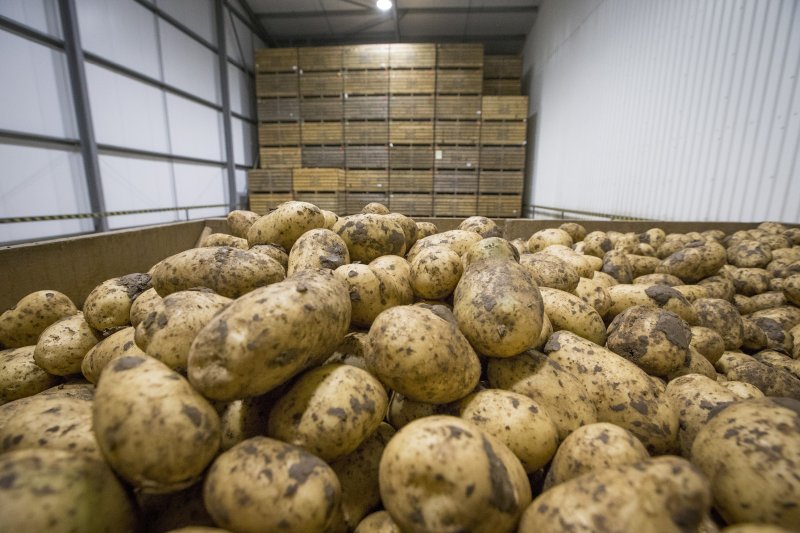
Over 22 percent of last year's total potato production in GB remains on-farm as the pandemic and Brexit continues to impact the sector.
The latest figures show that 1.2 million tonnes of potatoes remain in grower ownership as at the end of March 2021.
This is 90,700 tonnes higher than the 5-year average, according to AHDB, with Scotland accounting for 33% of what remains in grower ownership.
A partial reason for the higher stocks in Scotland is a lack of seed sales, the levy board explained, as over 70% of 2020 GB seed area was grown in Scotland.
With domestic seed sales slower earlier in the year due to lockdown, combined with an export ban to the EU since 1 January 2021, it is likely to add to higher stocks.
Anthony Speight, AHDB Potatoes analyst, said that another reason for high stocks in Scotland will be from the lack of demand regionally for packing material.
"Over 50 percent of the 2020 Scottish planted area was destined for the packing market," he added.
"Demand for Whites has been reportedly lacklustre most of this marketing year which could again, have led to increased on-farm stocks."
The East of England and East Midlands account for 31.6% - 380,100 tonnes - of potatoes in store as of the end-March 2021.
However, total tonnage in these two regions is down by 136,200 tonnes from the same point last year.
And in the South West and Yorkshire and Humber, on-farm tonnage is up 150% and 8% year-on-year, respectively.
"This is an extra 53.8Kt of potatoes in these regions combined, compared to the same time last year," Mr Speight explained.
"For the South West, in part, this will be due to the demand impact from a lack of tourism."
Wales and West Midlands has seen the largest year-on-year reduction in percentage terms, AHDB's figures show.
Compared to last year, potatoes in grower’s storage are down 48 percent, at 71,100 tonnes.
"This region has also seen the greatest drawdown from January to March stocks in percentage terms, at 62%," Mr Speight said.
"Reasons for this are more than likely quality related, rather than demand.
"From the start of 2021 we have anecdotally heard of ongoing quality issues, with long-term storage not an option, meaning stock has been moved to market sooner."
Looking forward, a reduction in potato area is anticipated, although Mr Speight said it would be difficult to understand to what extent.
Providing smooth progression towards the end of the pandemic, the sector could see demand levels rise again.
"If these two factors are realised, we could see some support to potato prices," he explained.
